Have you ever wondered what exactly privacy means to you? In today’s fast-paced digital world, the concept of privacy often takes center stage in discussions about individual rights and technology. But pinpointing a universal definition can be challenging, as privacy means different things to different people and contexts. Let’s explore the intricate layers of privacy to understand its essence better.
Understanding Privacy: An Overview
Privacy, at its core, is about the right to be left alone and to control personal information. It’s a multifaceted concept that varies depending on cultural, social, and technological contexts. While one person might value the confidentiality of their online data, another might prioritize the sanctity of their personal space.
Cultural Influences on Privacy
Cultural backgrounds heavily influence perceptions of privacy. In some cultures, open sharing of information is standard, while others emphasize discretion and confidentiality. For instance, Western cultures often emphasize individual rights, including privacy. In contrast, collectivist societies might focus more on community harmony than individual privacy rights.
Privacy in the Digital Age
As technology evolves, so does the concept of privacy. Online interactions, social media, and data sharing redefine how privacy is perceived and protected. While digital advancements provide opportunities for connectivity and convenience, they also pose risks to personal privacy. Understanding your digital footprint and managing online data is vital in preserving your privacy in this digital landscape.
Legal Perspectives on Privacy
Privacy legislation varies worldwide, reflecting different priorities and concerns. Laws like the General Data Protection Regulation (GDPR) in Europe set stringent standards for data protection, while others may have more relaxed regulations. Understanding these legal frameworks helps define the boundaries of privacy in various regions.
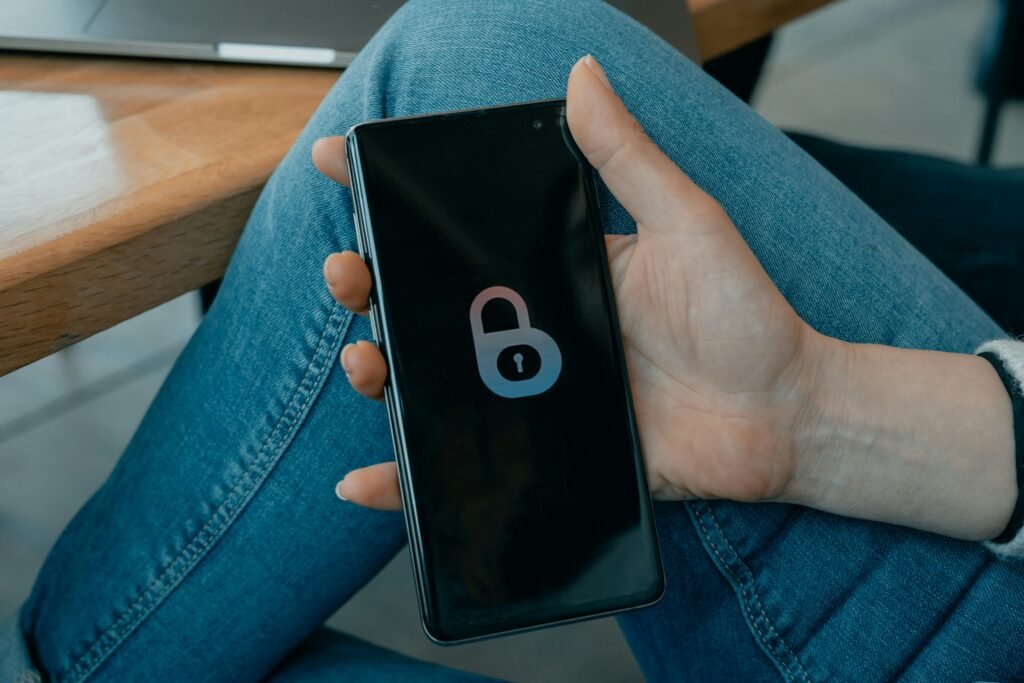
This image is property of images.unsplash.com.
Breaking Down Privacy: Key Components
To grasp the best definition of privacy, let’s break it down into its key components. This approach clarifies the specific aspects of privacy that might be most relevant or concerning to you.
Personal Space and Bodily Privacy
This fundamental aspect of privacy focuses on the physical presence and integrity of individuals. It encompasses the right to personal space, free from unwarranted intrusion, and safeguarding bodily autonomy without interference.
Information Privacy
Information privacy refers to the protection of personal data and the control over how this data is collected, used, and shared. With digital footprints increasingly pervasive, managing information privacy is crucial to maintaining security online.
Communication Privacy
Protecting the confidentiality of communications, whether through phone calls, emails, or text messages, is another vital component. Communication privacy ensures that exchanges between parties are not unlawfully intercepted or disclosed.
Financial Privacy
Financial privacy deals with the safeguarding of financial information such as bank records, credit card numbers, and transaction details. Maintaining the security of this sensitive data is vital to prevent fraud and identity theft.
Territorial Privacy
Territorial privacy refers to the protection of physical spaces, such as homes and workplaces, from intrusions by others. It emphasizes the need for personal territory that is free from surveillance and unauthorized access.
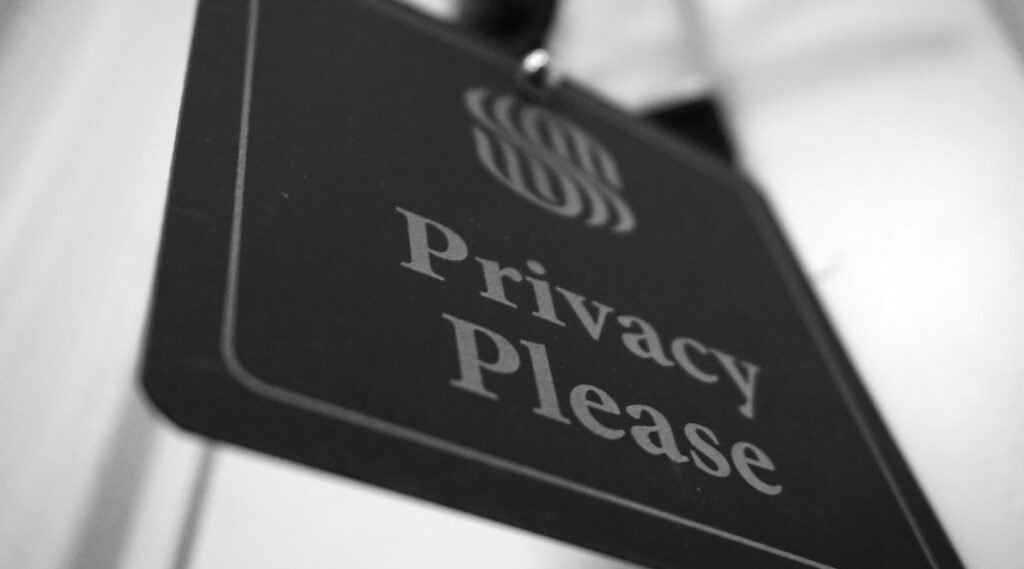
This image is property of images.unsplash.com.
Privacy in Practice: Your Rights and Responsibilities
While understanding privacy is crucial, knowing how it applies in everyday life is equally important. Your rights to privacy come with responsibilities to protect and advocate for personal privacy and that of others.
Your Right to Privacy
Your right to privacy means exercising control over personal information and setting boundaries on access to your personal life. It’s about ensuring that your private affairs remain confidential unless you choose to disclose them.
Responsibilities in Protecting Privacy
Protecting privacy extends beyond merely understanding your rights. It involves actively safeguarding personal data, practicing cautious online behavior, and respecting the privacy rights of others. By being mindful and responsible, you create a safer environment for personal information.
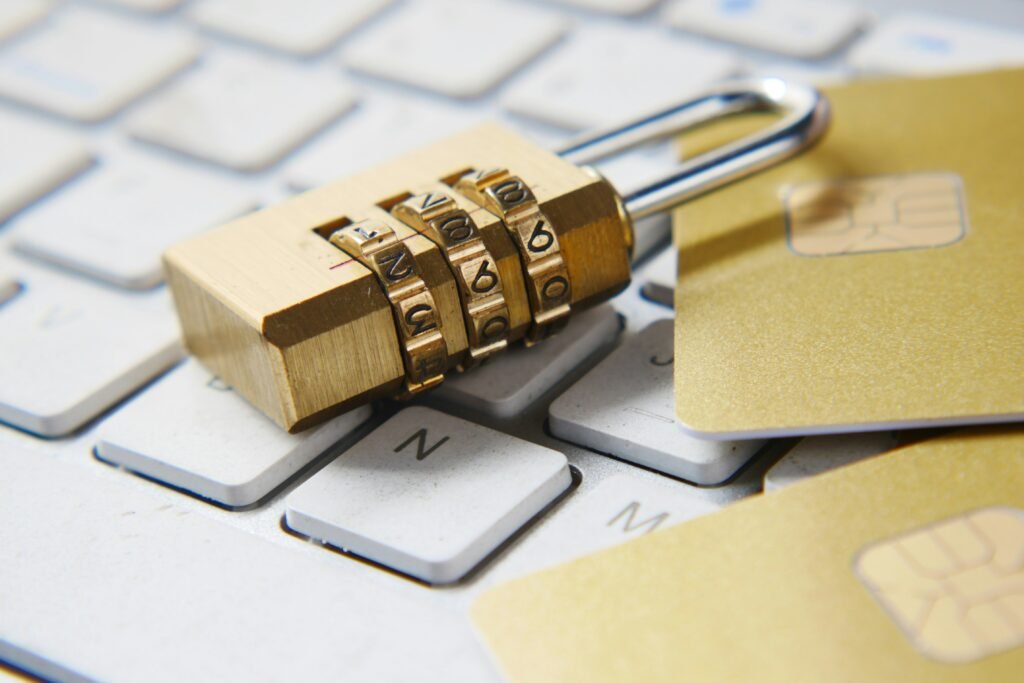
This image is property of images.unsplash.com.
The Intersection of Privacy and Technology
The advance of technology continues to challenge traditional notions of privacy. The emergence of big data analytics, artificial intelligence, and the Internet of Things (IoT) requires adapting privacy strategies to remain relevant and effective.
The Role of Big Data
Big data involves analyzing large volumes of personal information to gain insights and drive decision-making. While it can offer significant benefits, it also raises privacy concerns about data security and consent. Balancing innovation with data protection is essential.
Artificial Intelligence and Privacy
Artificial intelligence relies heavily on data, which can include sensitive personal information. It raises questions about consent, accountability, and transparency in how data is collected and utilized. Ensuring AI systems respect privacy is crucial to maintaining trust.
Internet of Things (IoT) and Privacy
IoT devices collect and share vast amounts of data, often without explicit consent. While they enhance conveniences, they pose privacy risks. Ensuring these devices are secure and data collection is transparent is fundamental to maintaining privacy.
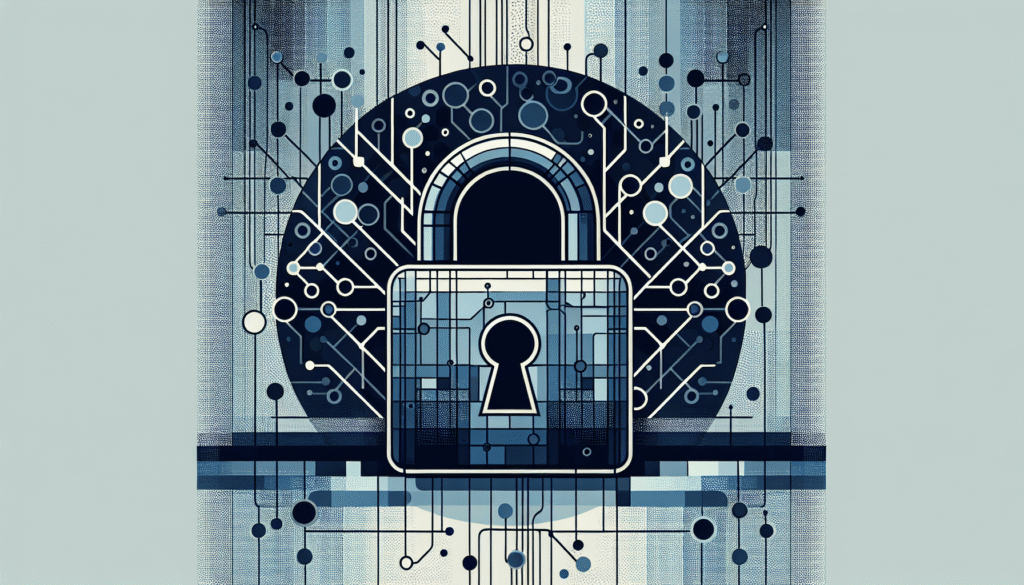
Strategies for Safeguarding Your Privacy
With an understanding of privacy and the challenges posed by technology, let’s explore how you can take proactive steps to protect your privacy.
Managing Online Presence
Being mindful of your online activities is vital in managing your digital footprint. Regularly review privacy settings on social media, limit the sharing of personal information, and be cautious of suspicious online behavior.
Data Encryption
Encryption secures your data by converting it into a code, ensuring that only authorized parties can access it. Utilizing encrypted communication platforms and services helps protect your information from unauthorized access.
Use of Privacy-Enhancing Technologies (PETs)
Privacy-enhancing technologies, such as VPNs, anonymization tools, and secure messaging apps, can help protect your online activities and personal information. By leveraging these tools, you add extra layers of security to your data.
Be Informed About Privacy Policies
Before using a service or app, review their privacy policies to understand how your data will be used and stored. Being informed enables you to make educated decisions about what you agree to share and with whom.
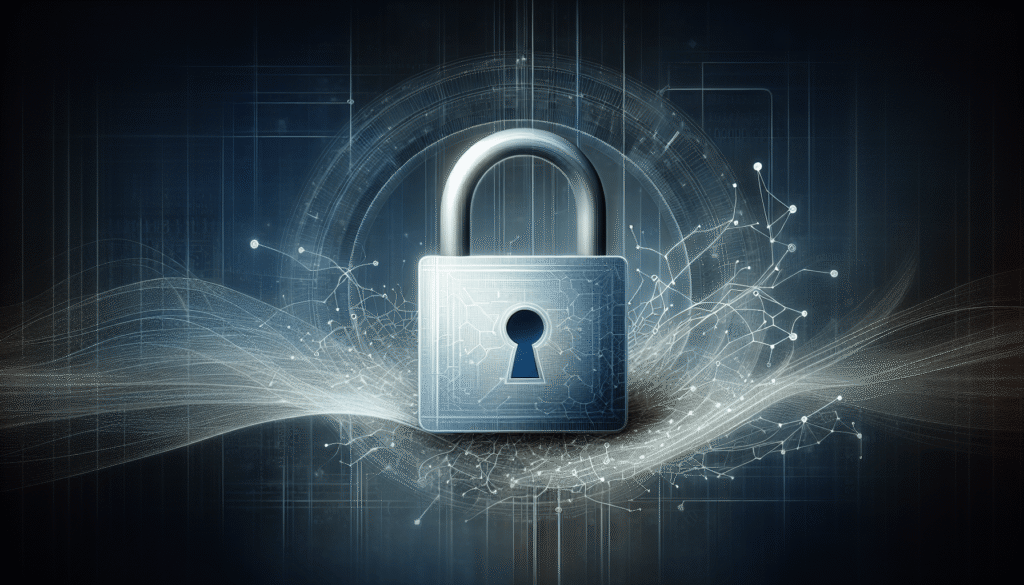
Conclusion: Defining Privacy for Yourself
Ultimately, the best definition of privacy is a personal one—it’s about what privacy means to you, your values, and your lifestyle. Understanding privacy’s various dimensions helps you articulate what is essential for you and advocate for those rights. Embrace privacy as a dynamic concept that evolves with changing cultural, social, and technological landscapes. By doing so, you protect your personal space and contribute to a broader culture of respect for privacy.


